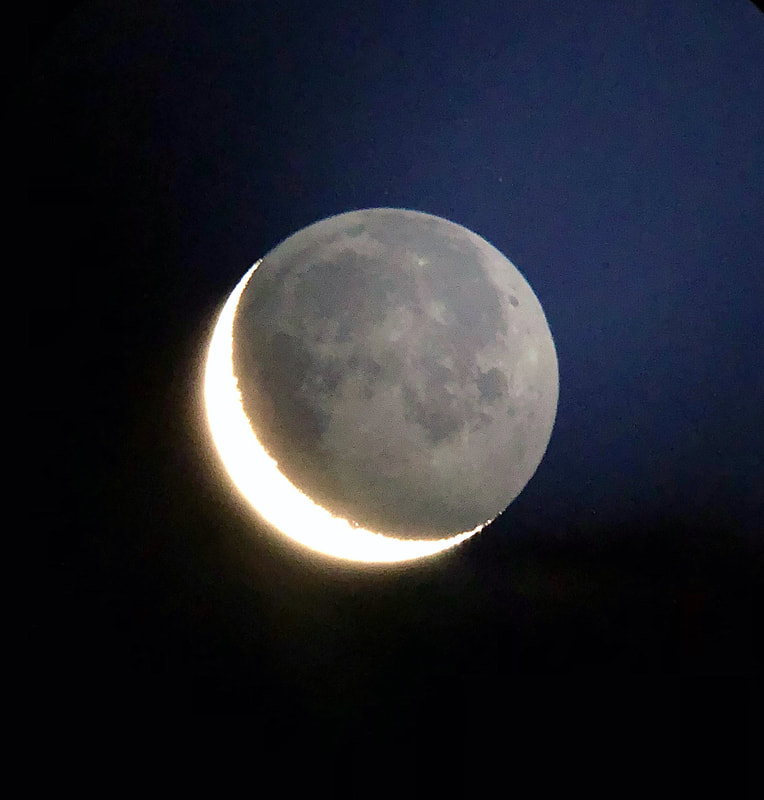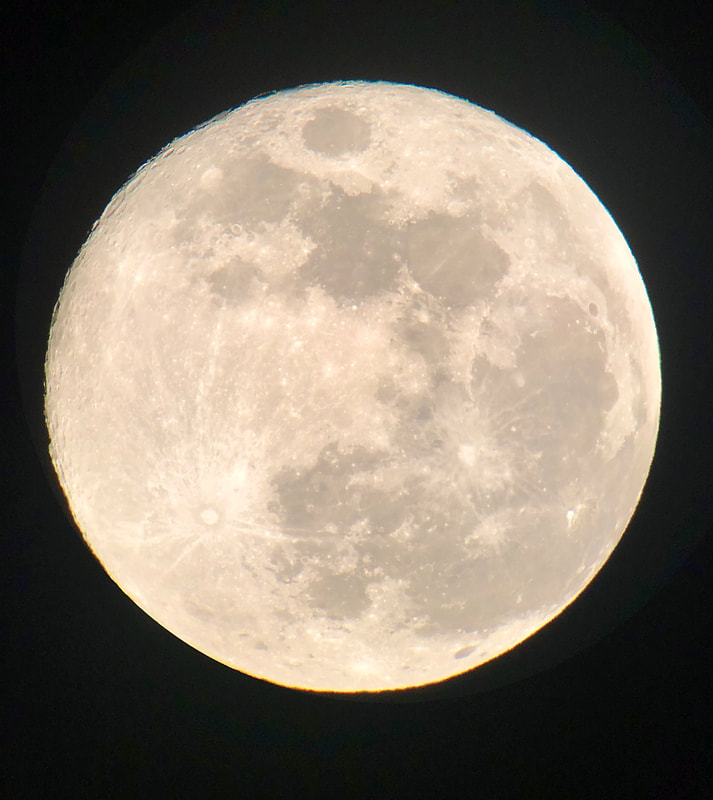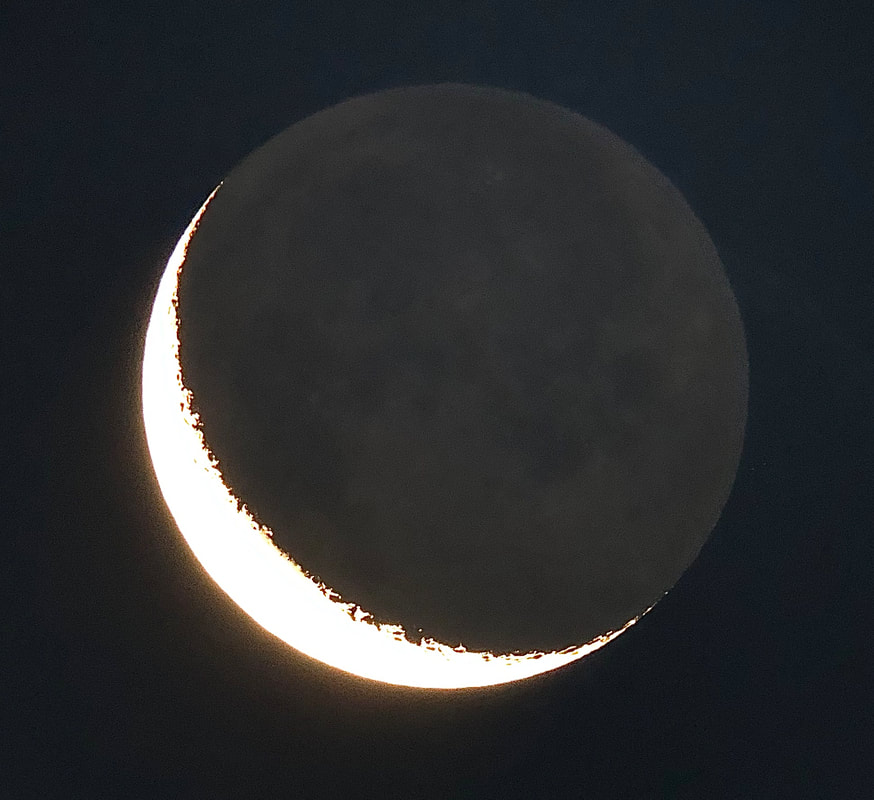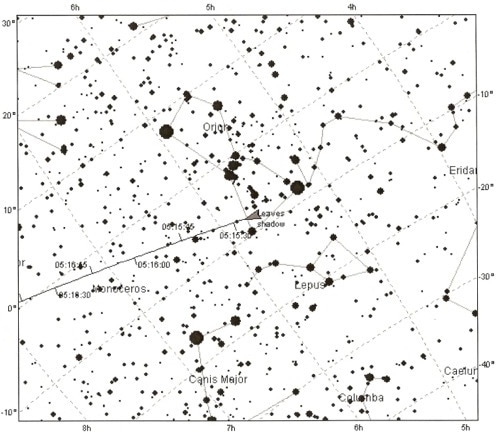|
It's been a while! With around 8,000 COVID-19 cases confirmed in DC - and who knows how many undiagnosed - I've resolved to use my telescopes only in conditions of average or better seeing, and only with at least one showcase object in the sky. For two months, that combination basically did not materialize. Conditions were so bad for astronomy here in DC that I saw plenty of advertisements for telescopes published by people in and around the city. A couple weeks ago, the sky was finally clear. Although seeing was below average, I couldn't stand being cooped up in my apartment any longer. I took my TV 85 to our rooftop and had a look at the rising full moon. Though the TeleVue never disappoints, the atmosphere was just roiling, and the view was soft. I could only use low magnification. Still, it was nice to catch a glimpse of something astronomical. Then, last night, seeing was briefly better than average - it's been so long since that happened - and at dusk the Moon was a beautiful crescent hanging over the western horizon. This time, I took out my Vixen ED115S, and resolved to walk around ten minutes to a nearby park. After two minutes of walking with all my gear, I was sore, sweating, and ready to quit. I ducked into a nearby driveway, then walked over to a patch of grass bordering a private school and forest. From there, I could see the Moon in a gap between trees. Good enough! With the Moon sinking towards the horizon, seeing was not quite as good as I expected. Or more accurately: it was inconsistent. At times, the view was a little fuzzy, or perhaps hazy; at other times - and briefly - it was crystal clear. Still, I now had my first opportunity to test the Vixen in conditions that were better than terrible.
It's an impressive telescope, no doubt about it. It's immediately obvious that it gathers more light than the FC-100DC. This was not a given, because small Takahashi refractors are renowned for outperforming larger telescopes. But subtle features, such as rilles, that are hard to see in my smaller telescopes are clearly visible in the Vixen, giving a mesmerizing complexity to the lunar landscape. You truly get the sense that you could explore it forever. And in particular, the "ashen glow" of the crescent Moon - that majority of the lunar disk illuminated by Earthshine - was much brighter than I can ever remember seeing it. I could actually make out a lot of features on that part of the Moon - a first for me. Above all, the optics are sharp. I also feel that they take noticeably longer to cool down than those of the TV 85, for example, or even the Takahashi. And if you really look for it, you can see just a bit of false color on the lunar limb when the Moon isn't perfectly in focus. It's just a hint of greenish-yellow, but it's there. I guess I've developed expensive eyes while using these fine refractors. I actually doubt that I'd be able to see even these hints of false color with the Moon higher in the sky; that's something to check out next time. Still, for now I think there may just be a bit more of that color than I can make out with the Takahashi. There's also more coma - more distortion on the edge of the view - than I see through my smaller telescopes. This is not surprising, and it does not feel distracting to me; you really have to look for it to notice it. But notice it I did when the sky darkened and a star appeared near the Moon at low magnification. My Vixen has a number of heavy upgrades, and that makes it about twice as heavy as the FC-100DC. Still, the AYO II mount holds it with no problems at all. The view, in fact, is rock steady - better than I expected. I can't give that mount enough praise. After about 40 minutes, the mosquitoes were out in force and I had to pack up quickly. A pity; I'd hoped to catch a glimpse of some other objects, but I have to admit that my observing site was far from ideal anyway. I am very happy with this telescope. The optics are superb, if not entirely color-free, and it just feels good to use and handle. It's almost the perfect size for a medium-sized refractor; any bigger, and you get the sense that it would be much harder to mount. As is, you barely notice it's there sometimes. You could get lost in that view. The Vixen provided another useful lesson to me last night. With a heavy heart, I decided to sell my Mewlon 180. Although the telescope is absolutely beautiful, it just takes too long to cool down - and it's too heavy to carry far in its case. I've been debating whether to use the funds to buy a larger refractor, but now I wonder whether the Vixen is the biggest telescope I can manage - until I have a backyard or car, at least.
2 Comments
Bill Jensen
5/26/2020 09:51:36 am
Thanks for sharing the images and the story behind them. Living in Springfield, amidst some of the same sky glow, I was able to get out last night with my small TV Oracle. I hope to get a mount to attach my iPhone soon to it. I hear ya about the weight issue, as I am selling a 8 inch travel dob that has gotten just too heavy to move around, (getting too darn old!). thanks again, Professor!
Reply
Dagomar
5/27/2020 05:37:53 am
Thanks for the comment! Nice to hear from others observing under the same skies. Time and again I've gone for heavier telescopes, only to retreat back to the lighter models. Anything over 15 pounds, to me, is rarely worth it.
Reply
Leave a Reply. |
Archives
March 2024
Categories
All
|






 RSS Feed
RSS Feed